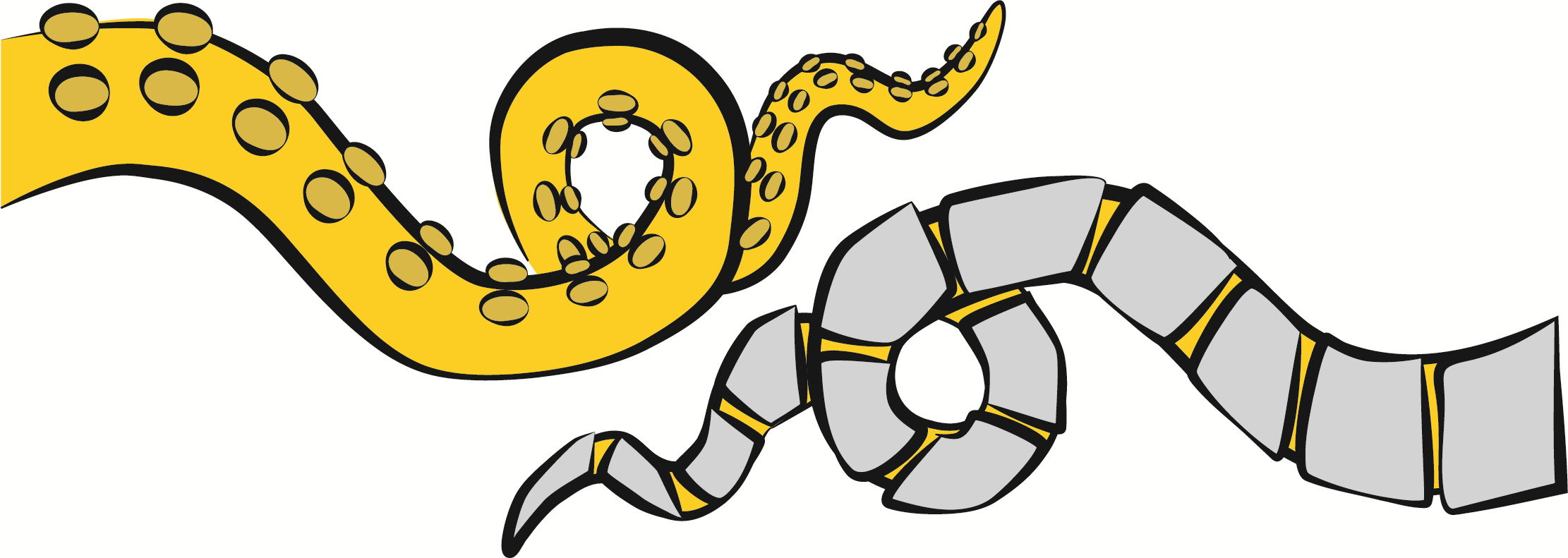Mechanisms
Development of octopus-inspired soft bodies with an embodied mechanical intelligence
This study aims to develop soft bodies with high manoeuvrability controlled with only simple actuation. The flexible, hyper-redundant arms of the octopus are taken as a source of inspiration. The lack of a rigid backbone gives these arms potential infinite degrees of freedom. This would require a high level of computing resources if the body morphology of these arms was not designed so that their interaction with the environment simplifies their actuation. Their body morphology encodes strategies to translate a simple input into complex movements, e.g. to reach and fetch prey. Encoding these strategies in the design of artificial soft bodies can simplify the actuation of complex movements in soft robotic applications and extend soft robotic functionalities. Manufacturing techniques should be developed to incorporate this kind of intelligence in artificial soft bodies mechanically. This means that artificial soft bodies acquire a ‘mechanical intelligence’ to perform complex movements through the interaction between their body and the environment. This study focuses on the working principles behind the morphological intelligence of the octopus arm and the development of manufacturing techniques to acquire the same level of mechanical intelligence in artificial soft bodies. Smart materials will be combined with conventional and unconventional silicone manufacturing techniques. Comparable to the octopus arm, these intelligent soft bodies are functional in small- and large-scale applications, which makes them widely employable. Examples of applications that could benefit from these intelligent soft bodies are steerable catheters for Minimal Invasive Surgery or soft grippers for deep-sea exploration.
